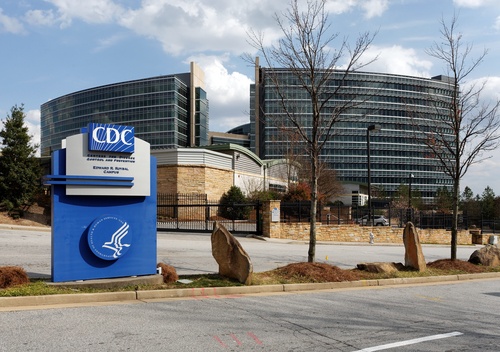Key takeaways
• The federal government sent firing notices to about 1,300 CDC staff over a weekend
• The Trump team realized key experts were gone and reinstated half the employees next day
• Hundreds of essential health professionals remain unemployed after the CDC layoffs
• Experts warn the staffing gaps could slow disease tracking and vaccine work
• Dr. Nirav Shah explained the damage in a chat with Amna Nawaz
CDC Layoffs Shake Up Health Agency
Over one weekend, the Trump administration issued firing papers to roughly 1,300 people at the Centers for Disease Control and Prevention. Then, officials discovered they had let go many vital experts. Therefore, half of those employees got their jobs back the next day. Yet hundreds of specialists remain sidelined. This sudden shift left the agency scrambling.
Why the CDC Layoffs Happened
At first, the government said the move was part of the end of the fiscal year. However, it soon became clear that the process cut too deep. On paper, the administration wanted to end temporary hiring rules and clean up staff lists. Meanwhile, many crucial roles went unfilled. Consequently, disease detectives and lab experts lost their positions. In turn, CDC leaders had to ask for help to bring back vital workers.
Who Came Back and Who Stayed Gone
After public outcry, officials rushed to reinstate about 650 employees. Those included lab technicians, data analysts, and team leaders on urgent disease projects. Yet hundreds of scientists and health advisors still lack paychecks. Unfortunately, some of these experts work on flu tracking, vaccine research, and emergency responses. Thus, their absence could slow the CDC’s ability to spot and stop outbreaks.
What This Means for Public Health
When key staff leave, disease tracking may lag. Moreover, labs might face test backlogs. In addition, budgets and project plans now need urgent fixes. According to Dr. Nirav Shah, these gaps can hurt real people. He warned that slow reactions could let viruses spread farther. Furthermore, morale among CDC workers has dipped, making teams less ready for the next health emergency.
Voices on the CDC Layoffs
Dr. Nirav Shah joined Amna Nawaz to discuss the fallout. He said staff cuts in an agency built for quick action can be dangerous. Shah added that constant staff changes drain experience and trust. Additionally, he pointed out that policy shifts should match public health needs. Meanwhile, some lawmakers called the mistake “a serious risk” for the nation’s health.
How Agencies Handle Staff Shifts
In most federal agencies, leaders plan layoffs carefully. They weigh program needs and critical roles. Yet the CDC layoffs showed planning failed. Over the weekend, systems did not catch the impact on vital jobs. Moving forward, agencies may need new checks to avoid similar errors. Gradual staff reviews and real-time data tools could help.
Lessons from the CDC Layoffs
First, leadership must know which jobs are crucial before any cuts. Second, tools that track staff roles in real time can prevent mistakes. Third, urgent health work cannot pause for budget moves. Finally, transparent communication with employees and the public eases worry and confusion.
Looking Ahead for the CDC
The agency now faces two big tasks. It must fill the empty roles quickly. Also, leaders must rebuild trust inside and outside the CDC. Recruiting may slow, since experts worry about sudden job loss. Therefore, retaining and training staff becomes more urgent than ever.
Frequently Asked Questions
How many employees were affected by the CDC layoffs?
Around 1,300 staff got firing notices, but about 650 were rehired the next day.
Why did half of the employees get their jobs back?
Officials realized they had cut key experts and rushed to restore essential roles.
What risks do the CDC layoffs pose to public health?
Gaps in lab work, disease tracking, and vaccine research could slow outbreak responses.
Could similar mistakes happen again?
Without better planning and real-time staff monitoring, sudden cuts could harm crucial programs.

